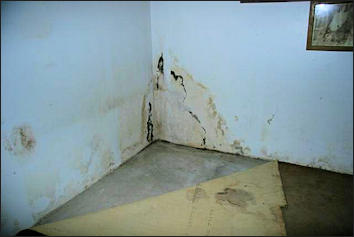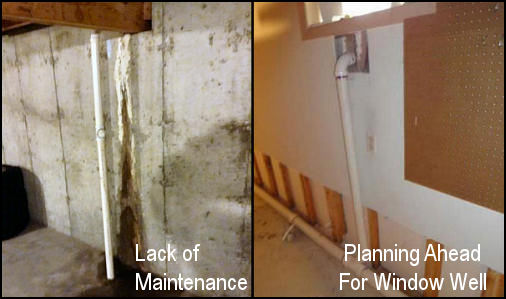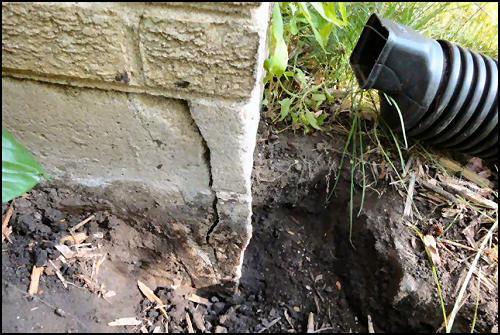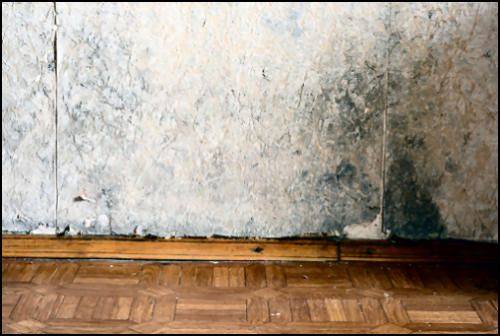Avoiding A Wet Basement
Many homes in northern Illinois have dealt with a flooded basement or faced water damage from flooding or cracks in their concrete walls. While we can't do much with the forces of nature like excessive rain or snow, there are many other things we can control. Things we can control include proper home maintenance and knowing what to look for.
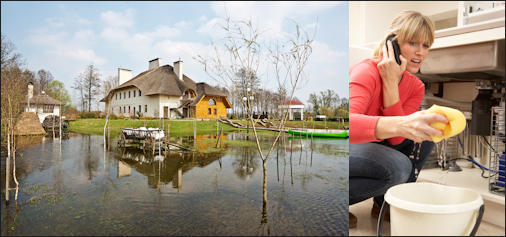
Common Sense Tips
- If your basement area is finished, look for dampness or musty odors. Inspect the area behind the finished wall. Because mold is a hazard, remove any mold growth you see. Hire a qualified contractor to check for mold. SKV Construction will inspect your home or building for foundation cracks and structural damage. We must have access to your foundation walls.
- Have a qualified contractor inspect your sump pump. Make sure it is in good condition. The contractor will check the sump pump basin for debris and will check the float for proper operation.
- Besides that, make sure your roof gutters are clean, and that there is proper flow to the downspouts. It is very important that your downspouts are clean and that water is directed away from the home.
- Clean out window wells. Check if water accumulates in the well. Install a window well drain if water stays in the window well.
- Check the grade around your home when it rains for water accumulation at the base of the foundation. Consult with a professional landscape contractor to test the landscaping in your yard. Excavation and re-grading may be necessary.
SKV Construction offers assistance in identifying the source of the moisture problem. We will provide direction for potential solutions. Contact Us for a no obligation proposal.

